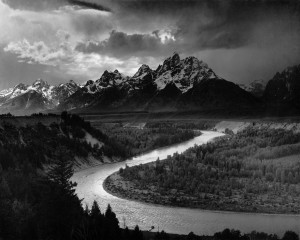This post in the second of a series entitled “The Basics of the Human Dimensions”, which gives the most basic tips for how to work with social scientists and social questions in marine conservation efforts. Whether you are the stakeholder, the collaborating natural scientist, or both, this series will hopefully make the journey into the human dimensions easier.
A common adage in fisheries management is that “you’re managing the fishermen, not the fish” – and this is emblematic of many conservation issues. Conservation efforts rely upon good information (which also requires diverse inputs, but that’s a story for another day) but perhaps most importantly, understanding how decision-makers will use that information and how communities will integrate that information into their daily practices. Conservation is a lived experience, not theory in a textbook.
As a response to an awakening in the ecological sciences to this paradigm, there are frequent calls for integrating the social sciences into their analyses. A program within the National Science Foundation directs research dollars to “Coupled Human and Natural Systems”, the Resilience Alliance is pushing the theory of socioecological systems, and out of geologists comes the term “anthropocene” – all efforts to formally incorporate social scientists into traditionally natural science research efforts. But not all social sciences are created equal. Which one you need depends upon your subject matter, but also the kind of data that will mesh best with your natural science methods. Here’s a quick review of the disciplinary divides within the social scientist, so you have an idea of who best to reach out to in putting together your next proposal:
Read More “You say you need to incorporate the social sciences? Which kind?” »
